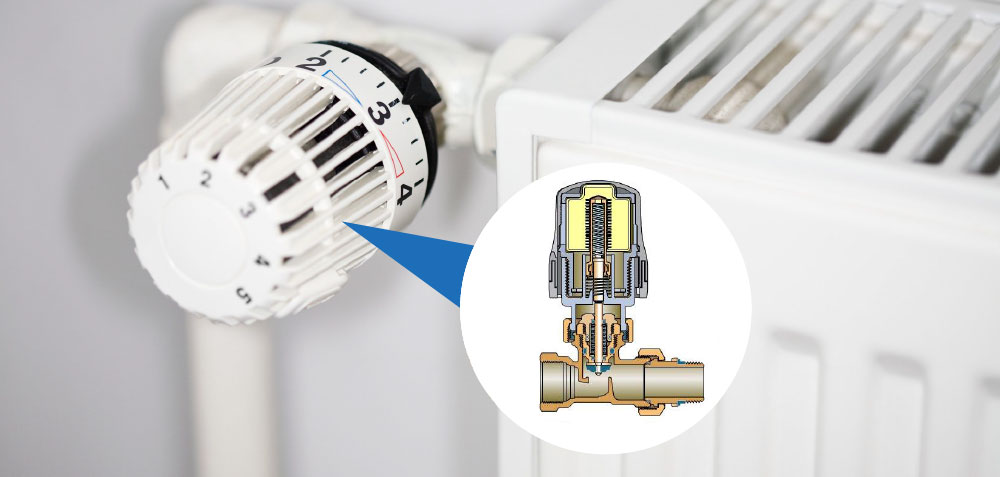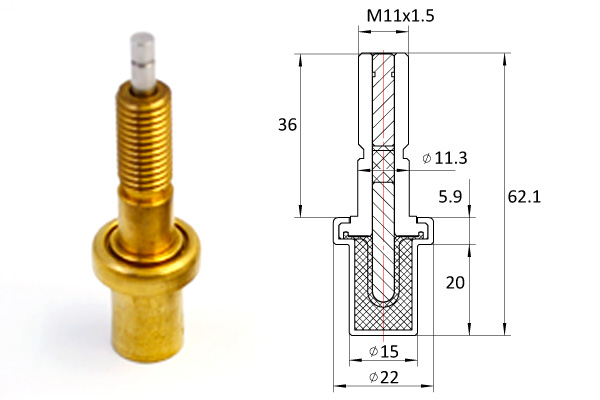Based on the influence of the existing problems in the design and application of the fuzzy adaptive PID controller, this paper analyses the current situation of the design and application of the fuzzy adaptive PID controller and the optimization design process, and puts forward the method of how the design technology acts on the system simulation.

The purpose is to provide some theoretical basis for the relevant constructors. With the acceleration of the development of market economy in our country, the users of industrial construction need more and more application effect of PID controller. However, the traditional PID control method can not meet the requirements of parameter tuning. To solve this problem, relevant constructors should proceed from the current situation of the design and application of the PID controller, in order to optimize the design process of the fuzzy adaptive PID controller, so as to act on the simulation analysis of the system in the actual environment. This is the key to promote the rapid and stable development of industry in the context of modern economic construction, and relevant builders should attach importance to it.
PID control has been widely used in industrial construction. However, it is difficult for traditional PID control to ensure good process model and on-line search. Even if the test signal is inserted, there will be a certain degree of interference.
In this case, the self-tuning of PID parameters is difficult to play a continuous adaptive control role in industrial development. In addition, the PID controller can not distinguish the influence of disturbance or process dynamic characteristics.
Thus, although the application of PID control is wide, it is difficult to meet the needs of users under the background of rapid industrial development because of its own limitations. In the field of fuzzy control, at present, it is still based on manual experience, which makes its definition only from a broad perspective. It is based on fuzzy theory, fuzzy language and reasoning. Practice has proved that its greatest advantage lies in its good adaptability, but its processing of input is discrete.
This means that it can not integrate or eliminate the error operation [1]. Therefore, relevant constructors should make full use of the existing scientific and technological achievements to meet the user’s demand for the design and application of fuzzy adaptive PID controller. Firstly, the designer should clarify the performance requirements of the application of fuzzy PID control system. That is to say, with the scale of the current control system expanding, the strong self-adaptability of the PID controller is difficult to achieve the overall parameter problem. For example, when the parameters of the system change, the control energy of the system will also change greatly, which will lead to the deviation of the control characteristics and even reduce the stability of the system.
The design of adaptive fuzzy-PID controller is an effective study of on-line correction of its changes. It needs to combine the traditional control theory to form an adaptive fuzzy-PID controller, so as to achieve the design goal of automatic parameter tuning of the controller [2]. Secondly, the structure of the system is analyzed. The parameter adaptive fuzzy PID control system is composed of fuzzy control and parameter adjustable PID system.

The specific structure is shown in Figure 1. Secondly, the application of PID controller arithmetic is mainly based on the following formula. Among them, u (t) is the output of the controller, e (t) error signal, EC (t) is the error rate of change, while Ki, Kp and Kd are the integral coefficient, proportional coefficient and differential coefficient, respectively. Finally, for the self-tuning rules of PID parameters, the most accurate mathematical model and the control decision table should be established according to the manual control rules. In this way, the size of control can be set according to the decision table. In addition, when the system produces errors, the controller will immediately play a corresponding control role [3]. Fuzzy adaptive PID controller designer, under the condition of MATLAB/Simulink environment, has carried on the system simulation analysis. Firstly, the designer should determine the type and structure of the fuzzy controller. Specifically, Mamdani type controller is selected by using the method of running Fuzzy function and taking Max and min respectively. The simulation synthesis method is max, the simulation reasoning method is min, and the decomposition method is the center of gravity averaging method.
That is to say, the structure of the fuzzy controller is determined by selecting Addinput and Ad-doutput options, that is, three outputs and two inputs. In order to establish FIS system files, the designer not only determines the variable names of output and input, but also saves the files in PID.
fis format. Secondly, the membership function and corresponding rules of fuzzy control are edited. Specifically, the membership function editor is activated by typing “mfedit” or double-clicking the icon in the FIS editor to select Add mfs. Then, in this input: e, ec, kp, Ki and kd, that is, double-click the rule icon of fuzzy control and open El, the corresponding control rules can be input into the system [4]. Finally, the simulation structure of the system is analyzed. As shown in Figure 2, the corresponding curves of conventional PID and fuzzy adaptive PID are given. As can be seen from the figure, compared with the traditional PID control, the design and application of the fuzzy adaptive PID controller can not only greatly reduce the overshoot, but also have the functions of anti-interference, high stability and real-time. Therefore, researchers in industrial construction and development should constantly improve the design of fuzzy adaptive PID controller to meet the increasingly diversified market environment needs. Generally speaking, the design and application of fuzzy adaptive PID controller can not only achieve the control goal of reducing overshoot, but also improve the stability, real-time performance and anti-interference ability of the system. Therefore, researchers should make clear the performance requirements of the application of fuzzy PID control system, thermostatic element analyze the system structure and related algorithms, to meet the automation requirements of the industrial development for the PID controller.
